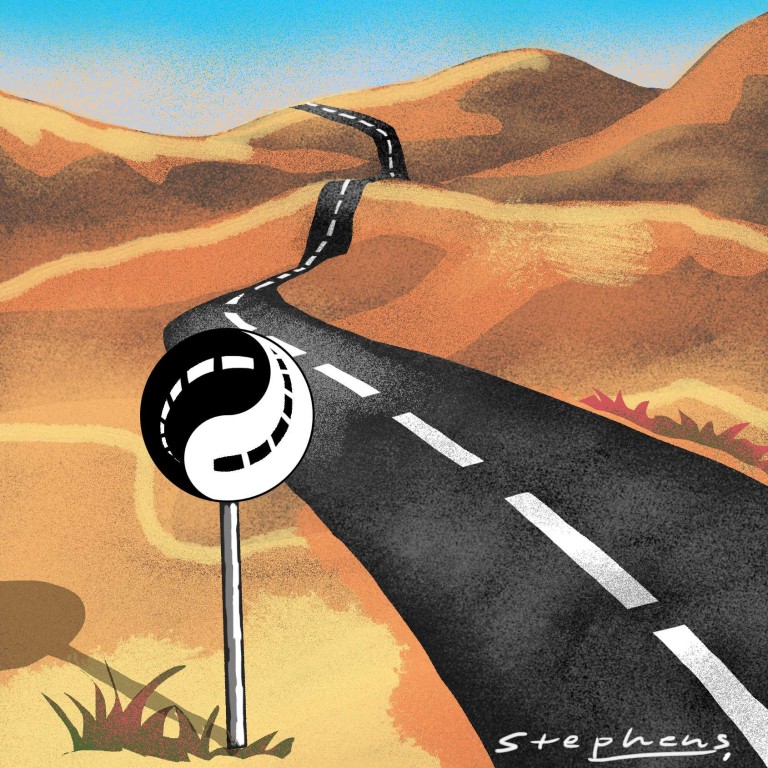
Belt and Road points the way to a 21st-century Renaissance, if China stays true to its vision
Da Hsuan Feng believes the deep cultural engagement premised in Beijing’s grand vision could not only transform the inward-looking Chinese mindset, but also give birth to new thinking on the global stage
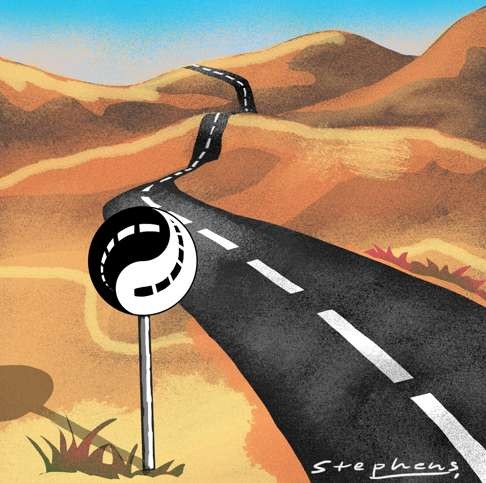
As is well known, the Silk Road grew organically, with no single person or nation initiating it. Although it allowed merchants from the West to go to China to do business, and vice versa, I think it is safe to surmise that the traffic was more from West to East than the other way around. One interesting result was that during the Northern Song dynasty (960-1126), there was a flourishing Jewish community in Bianjing, now Kaifeng (開封) in Henan (河南) province. The Jews undoubtedly came along the ancient Silk Road to do business and eventually settled in Bianjing.
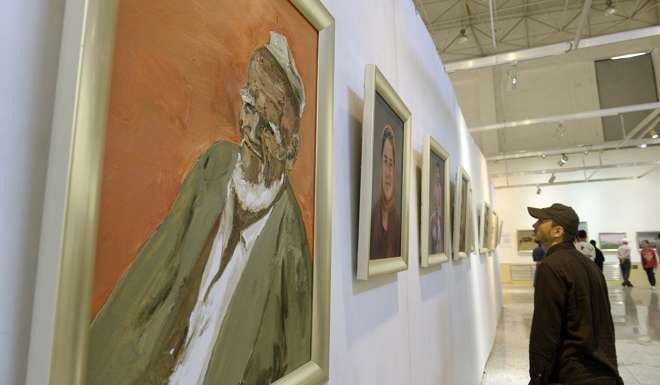
How China has gone from panda diplomacy to New Silk Road smart power
While the Silk Road managed to bring Western businesses into China, it did not create a demand within China to profoundly appreciate and understand other cultures and civilisations. Indeed, the name China, or Zhongguo, means Central Nation. Being inward-looking is a centuries-old Chinese mindset.
There is genuine recognition that deep cultural engagement seems to be one of the first, if not the first, steps China needs to take
The Belt and Road is the complete opposite of the ancient Silk Road. It was initiated by the Chinese government. Official statements make it clear that, through the Belt and Road, efforts must be made to economically, technologically and culturally engage nations throughout Asia, Europe and Africa. To do so efficiently and seamlessly, there is genuine recognition that deep cultural engagement seems to be one of the first, if not the first, steps China needs to take.
The dust has long ago settled on the ancient Silk Road. The intriguing question is what sort of global dust could the Belt and Road kick up?
While there could be many effects, two readily come to mind.
First, the Belt and Road could well prove the incentive for China to change from being inward-looking to outward-looking. After all, for the Belt and Road to be successful in the long run, a profound and comprehensive understanding of the cultures and the ways and means of other civilisations is imperative. For example, for the maritime part of the project, understanding one of the politically and culturally most complex neighbouring nations, India, which has a population of over 1.2 billion, is unavoidable. Up to now, there are a small number (a single digit) of universities within China with fledgling research institutes whose mission is to understand South Asia.
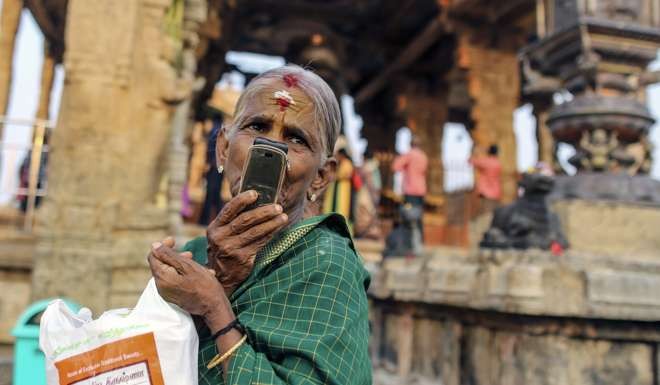
How India and China go to war every day – without firing a single shot
On January 20, 1946, the soon to be prime minister of India, Jawaharlal Nehru, uttered 12 memorable words to my father Paul Feng, who was then a correspondent with the Central News Agency of China: “If China and India hold together, the future of Asia is assured!” It certainly would be one of history’s greatest ironies if the Belt and Road could become the driving force for the realisation of Nehru’s dream. Hence, if, through the Belt and Road, China makes a concerted effort to understand India and other major civilisations around the world, it will certainly be a millennium transformation of the Chinese mindset.
Second, a Malaysian friend has, over the past few years, driven through China, Central Asia, Russia, Northern and Western Europe. In a sense, he has followed the Belt and Road route. Unlike a plane journey from, say, Kuala Lumpur to London, where one is aware only of the airports at the beginning and end of the trip, by travelling along the earth’s surface, he was able to observe and palpably understand the cultures and ways of many civilisations.
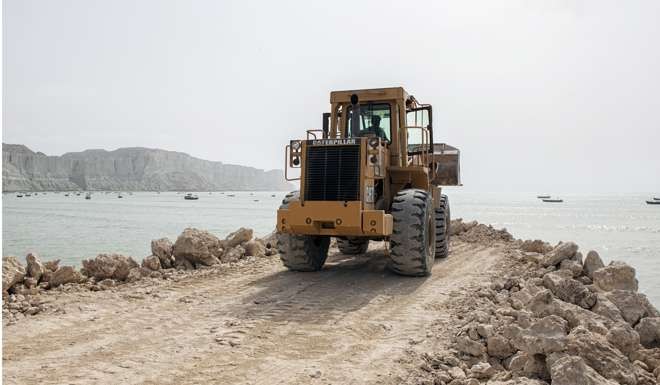
Why tensions are inevitable on China’s new Silk Road
Indeed, one of the goals of the initiative is to greatly enhance surface transport, such as by building new superhighways and high-speed railways between the European, African and Asian continents. So, imagine finding that on these transport links not just a lone driver like my Malaysian friend, but tens of thousands, even millions of people from Africa, Europe and Asia, and you realise the deep impact it will have on the economy, culture and politics of the three continents. Thus, perhaps one unexpected outcome of the Belt and Road will be that people in these disparate “continents” could eventually regard themselves not as Europeans, Asians and Africans, but as “supercontinentallers”.
From the 10th to the 15th century, Europe started one of humanity’s greatest social movements: creating universities at all corners of the continent. These institutions attracted tens of thousands of young people, such as Descartes and Copernicus, to systematically push forth humanity’s deep understanding of nature, culture and, ultimately, of oneself. The Renaissance, standing on the platform of such universities, lifted humanity out of ignorance.
With Asia, Africa and Europe becoming a supercontinent, and with universities dotting its landscape, it is certainly not inconceivable that a neo-Renaissance could be initiated. Within the neo-Renaissance in the supercontinent will emerge neo-Descartes and neo-Copernicuses to overcome modern challenges of humanity.
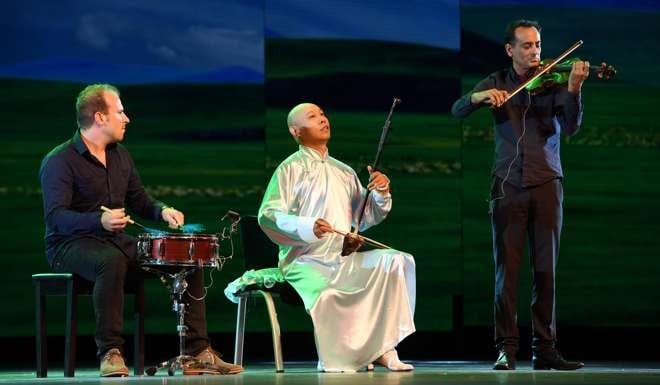
China has the power, now can ‘One Belt, One Road’ take it down the path to glory?
While creating economic and cultural well-being through the Belt and Road is exciting for the world, the implications of the initiative could be more profound. It is worth re-emphasising that the ancient Silk Road grew organically while the Belt and Road is a Chinese initiative. As such, it places tremendous demand on Chinese not only to look deep into their own souls, but also into the souls of others. If China can accomplish this, it will undoubtedly constitute a major transformation of the Chinese mindset, which is not only good for China, but for all humanity.
Given that background, from any perspective, universities in the supercontinent must surely bear a heavy and profound responsibility. Indeed, starting right now, higher education needs to develop a deep understanding of the Renaissance as a platform to welcome the emergence of the neo-Renaissance.
Ultimately, the success of the Belt and Road cannot be just China’s success, it must be the success of all humanity.
Da Hsuan Feng is currently special adviser to the rector and director of global affairs of the University of Macau. He was formerly vice-president for research at the University of Texas at Dallas, and senior vice-president of Taiwan’s National Cheng Kung University and Tsinghua University
